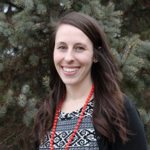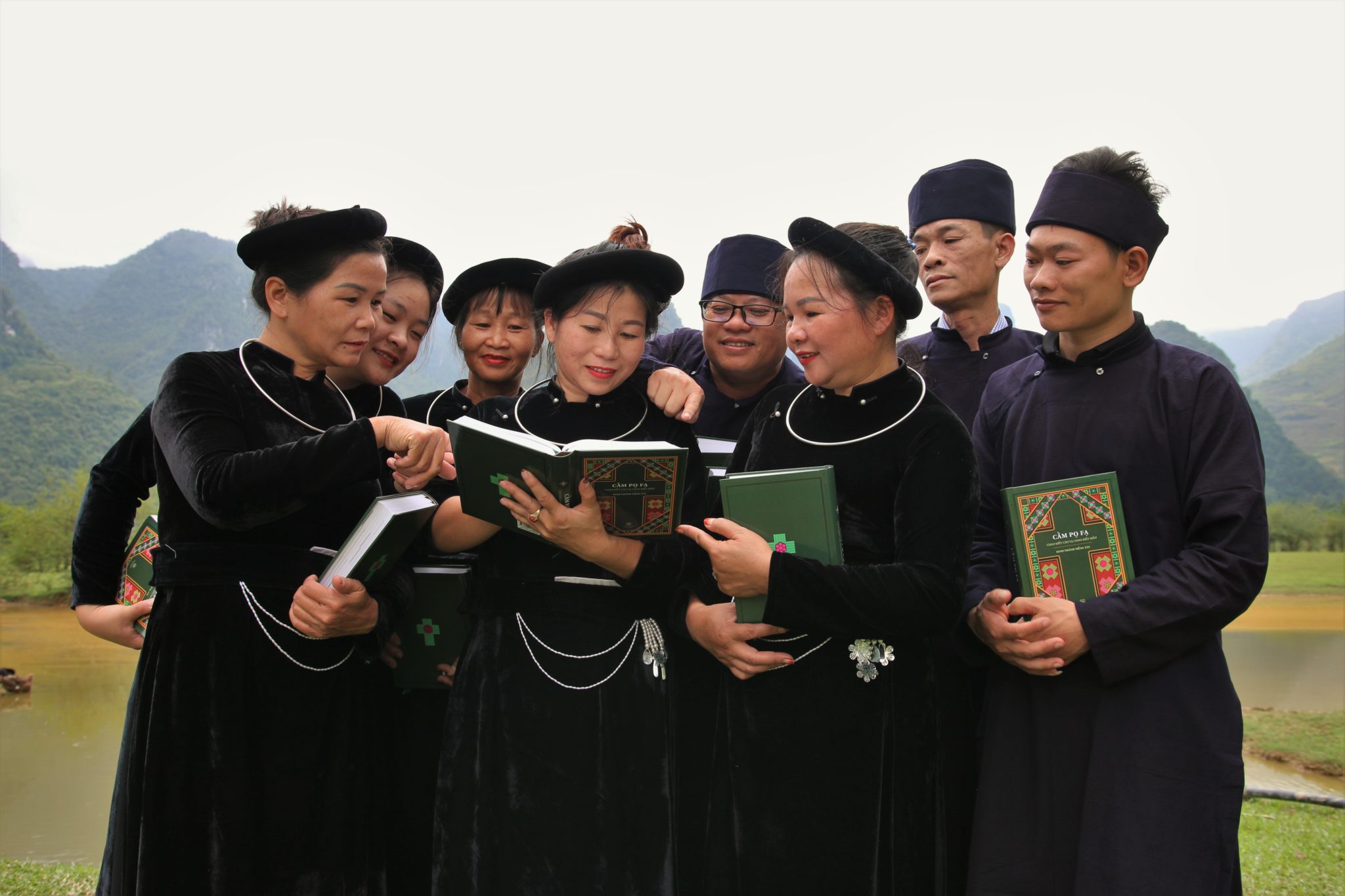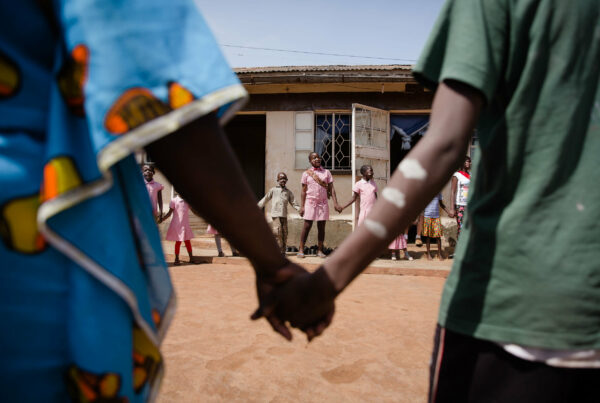H ave you ever taken a moment to think about how new books land on shelves of your local library, bookstore, or virtual Amazon suggestion page? Even if you are mildly familiar with the publication process, you are likely still unaware of all the complexities that are involved in getting a book from the idea phase to print and distribution. When thinking about publishing a translation of the Bible in a new language, the ballgame changes almost entirely.
In addition to the regular rigorous publishing process, Bible translation involves language surveys, linguistic research, the development and implementation of educational tools to teach literacy for languages that have never been written down, audio and visual elements, and more.
“Many people don’t realize just how much work is involved in getting the Bible translated into another language and used by that language community,” says David Ford, an RCA Global Mission partner, who works with Wycliffe Bible Translators/SIL Ethiopia.
So, what does a holistic Bible translation process look like? Here are a few key questions that need to be asked along the way.
How many unique languages exist in the country?
Each language will need its own translation of the Bible. To find the answer, a language survey is conducted. Language surveys are hands-on language research. Researchers use questionnaires or examine recorded texts, but also visit places where the various languages are spoken. Through these visits, relationships are developed so there can be a more complete understanding of where the need for translation is most critical.
Does the language already have a written alphabet?
According to Ford, most minority languages do not have a written alphabet. In that case, linguistic research and orthography development is needed. In this development and research phase, translation organizations work with speakers of non-dominant languages to develop or revise a language writing system.
According to Wycliffe Bible Translators, “When mother tongue speakers accept and ‘own’ the writing system, they are enabled to put their stories, songs, poetry, history, and wisdom into written form for present and future generations.” So, not only does establishing a written alphabet open doors for a new Bible translation, but it also helps ensure that oral-only language and culture won’t die along with the older generations.
Does the community know how to read and write in their language?
Once a community has a written language, they have to learn how to use it.
“Especially if the alphabet is new, literacy or mother tongue education work needs to be done, with teacher training and material development,” says Ford.
In countries like Ethiopia, where Ford lives and works, education is often taught in the national language—not the mother tongue. Ford and his colleagues have seen a huge shift in engagement, excitement, and retention in classrooms where mother-tongue education has been implemented.
Video: see how mother-tongue education and Bible literacy go hand-in-hand
Watch this short video to see how mother-tongue education and Bible literacy go hand-in-hand.
Language development will help increase literacy to a point where communities will be able to read the Bible in their mother tongue language once it is published.
“We see Bible translation and language development as inherently tied together,” says Ford. “If we focused only on translation work, then when we printed the Bible, it would be to a community that can’t use it because they can’t read.”
Can Scripture reach more people if it’s available in other formats, such as audio Scripture recordings or Bible apps?
Many communities around the world communicate and learn through oral or visual formats. Vernacular media can help people engage with the Bible more naturally in the format they understand best. The HUM Audio Bible App is championing this for India, which has the world’s second largest population of smartphone users and hundreds of heart languages (mother tongues), many of which are primarily spoken rather than written.
Related: Through Audio Bible App, God Speaks in the Native Languages of India
Is there an active church that will know how to utilize a Bible in good ways?
In addition to written language development and literacy in mother tongues, training in Bible engagement is important to the Bible translation process. After all, a Bible in a particular mother tongue is a brand-new resource that has never before been available to that community.
“Most communities benefit greatly from Scripture engagement ministry to train church leaders how to use the Bible effectively, and lead their community in engaging with the Bible themselves,” says Ford.
Scripture engagement training helps prepare a community to not only read their new Bible, but to understand it and engage with it in rich and meaningful ways.
These key questions provide a glimpse into the complexities of holistic Bible translation, which can take years (and even decades!) to complete for just one language. But every one of these questions is critical to ask in order to achieve successful Bible engagement, as Ford knows through many years of experience.
“Bible translation is a big task requiring lots of teamwork and expertise in a variety of fields to accomplish,” he says. “Each part [of the process] is necessary for useful and utilized Scripture that will allow the church to grow among every people and language.”
Support Bible translation work around the world
RCA Global Mission partners David Ford and Brian Renes work with their colleagues to translate the Bible in new languages. With your financial and prayer support, the Word of God will be in the hands of people who are hungry for it, as well as those who are yet unreached with the Gospel.

Kelli Gilmore
Kelli Gilmore is the coordinator for RCA Global Mission marketing and communications. You can connect with her by email at kgilmore@rca.org.

David Ford
David Ford works with Wycliffe Bible Translators and SIL Ethiopia to help lay the groundwork of both translation and education in native languages.



